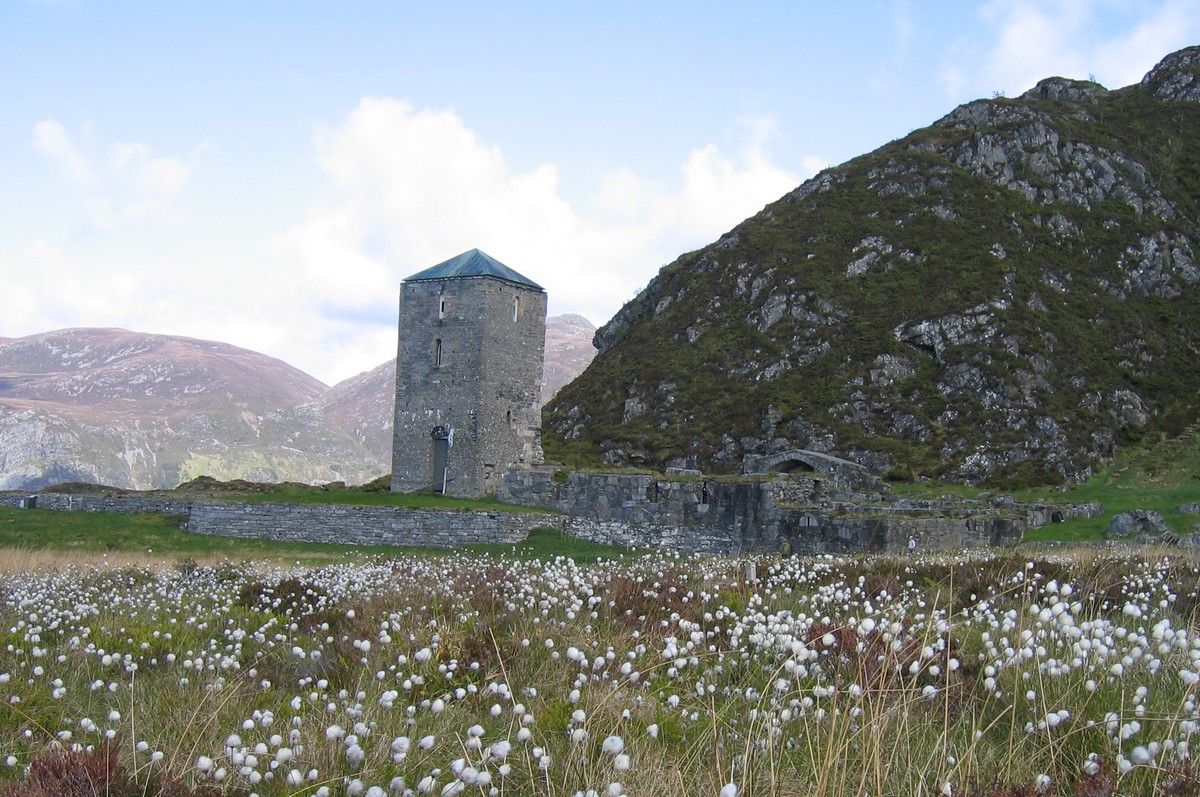|
û
, Vestland, Vestland
"û , Vestland, Vestland" ("Oh Vestland, Vestland") is a Norwegian song praising the region of Western Norway (Vestland). The lyrics were written in Nynorsk by Tore ûrjasûÎter in 1910 and the music was composed by Sigurd Fû¡rsund. The most well known performances of the song are by Sissel Kyrkjebû¡. She first sang it in a television program in 1985 and it has been her signature song since then. The song's style is reminiscant of national anthems. The melody is slow, grandiose, and contains a marching beat. The lyrics are rich with emotion and describe the affection and enthusiasm for Norwegian nature that the author has. They begin: In Sissel's version, this beginning is ''a cappella''. References External links Performance by Sissel Kyrkjebû¡ from 1985via YouTube YouTube is an American social media and online video sharing platform owned by Google. YouTube was founded on February 14, 2005, by Steve Chen, Chad Hurley, and Jawed Karim who were three former ... [...More Info...] [...Related Items...] OR: [Wikipedia] [Google] [Baidu] |
Western Norway
Western Norway (; ) is the Regions of Norway, region along the Atlantic coast of southern Norway. It consists of the Counties of Norway, counties Rogaland, Vestland, and Mû¡re og Romsdal. The region has no official or political-administrative function. The region has a population of approximately 1.4 million people. The largest city is Bergen and the second-largest is Stavanger. Historically the regions of Agder, Vest-Telemark, Hallingdal, Valdres, and northern parts of Gudbrandsdal have been included in Western Norway. Western Norway, as well as other parts of historical regions of Norway, shares a common history with Denmark-Norway, Denmark, the Faroe Islands and Iceland and to a lesser extent the Netherlands and Britain. For example, the Icelandic horse is a close relative of the Fjord horse and both the Faroese language, Faroese and Icelandic languages are based on the Old West Norse. In early Norsemen, Norse times, people from Western Norway became settlers at the West ... [...More Info...] [...Related Items...] OR: [Wikipedia] [Google] [Baidu] |
Nynorsk
Nynorsk (; ) is one of the two official written standards of the Norwegian language, the other being BokmûËl. From 12 May 1885, it became the state-sanctioned version of Ivar Aasen's standard Norwegian language (''LandsmûËl''), parallel to the Dano-Norwegian written standard known as RiksmûËl. The name Nynorsk was introduced in 1929. After a series of reforms, it is still the written standard closer to , whereas BokmûËl is closer to RiksmûËl and Danish. Between 10 and 15 percent of Norwegians (primarily in the west around the city of Bergen) have Nynorsk as their official language form, estimated by the number of students attending secondary schools. Nynorsk is also taught as a mandatory subject in both high school and middle school for all Norwegians who do not have it as their own language form. History Norway had its own written and oral languageãOld Norse, Norwegian. After the Kalmar Union, Norway became a DenmarkãNorway, less important part of Denmark. At that time, Dani ... [...More Info...] [...Related Items...] OR: [Wikipedia] [Google] [Baidu] |
Tore ûrjasûÎter
Tore ûrjasûÎter (3 March 1886 ã 29 February 1968) was a Norwegian educator and poet. Biography ûrjasûÎter was born at SkjûËk in Oppland, Norway. The son of a teacher, he attended Voss folk high school and qualified as a teacher before becoming a writer. ûrjasûÎter's poetry was written in Nynorsk in the Norwegian folk tradition. His writing is influenced by Ivar Aasen, Aasmund Olavsson Vinje and Per Sivle. Like these, he was concerned with modernization of traditional society, and the conflict between individual and community, but he differed from these poets in a more positive attitude to the new society. Towards the end of his life, he also started experimenting with more Modernist poetry, modernist writing. His main work is considered to be the poem ''Gudbrand Langleite''.Personal life ...[...More Info...] [...Related Items...] OR: [Wikipedia] [Google] [Baidu] |
Sigurd Fû¡rsund
Sigurd ( ) or Siegfried (Middle High German: ''SûÛvrit'') is a legendary hero of Germanic heroic legend, who killed a dragon ã known in Nordic tradition as Fafnir () ã and who was later murdered. In the Nordic countries, he is referred to with the epithet "FûÀfnir's bane" (, , , ), and is also widely known as "the Dragon Slayer". In both the Norse and continental Germanic traditions, Sigurd is portrayed as dying as the result of a quarrel between his wife (Gudrun/Kriemhild) and another woman, Brunhild, whom he has tricked into marrying the Burgundian king Gunnar/Gunther. His slaying of a dragon and possession of the hoard of the Nibelungen is also common to both traditions. In other respects, however, the two traditions appear to diverge. The most important works to feature Sigurd are the , the ''VûÑlsunga saga'', and the ''Poetic Edda''. He also appears in numerous other works from both Germany and Scandinavia, including a series of medieval and early modern Scandinavi ... [...More Info...] [...Related Items...] OR: [Wikipedia] [Google] [Baidu] |

